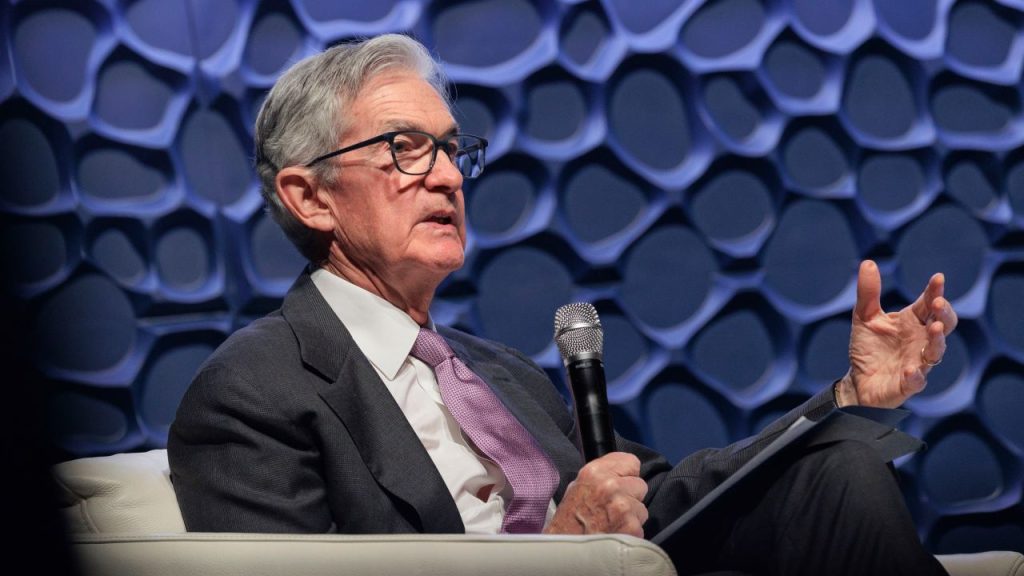Free Software Foundation Plans Year of Celebrations For Its 40th Anniversary
The Free Software Foundation turns forty on October 4, 2025 "and we will end our thirties on a high note!" they announced this week:
We wish we were celebrating the achievement of software freedom for all computer users, but we're not there yet. Until our mission becomes reality and we can retire, instead, we are celebrating forty years of activism, and all that we have achieved.
Since our founding in 1985, we laid out many stepping stones on the road to software freedom, and we're eager to continue building the road ahead. We will celebrate our fortieth in the spirit of bringing the international free software community together, discussing what we can do next to make the world freer, and celebrating how far we've come. We're aiming for a libre planet! Sounds familiar? Instead of hosting one LibrePlanet conference in 2025, we're planning a jam-packed anniversary year, filled with several new and exciting activities!
We'll begin the anniversary year with an unprecedented memorabilia auction, starting as a silent auction on March 17, and culminating in a virtual live auction on March 23. By moving out of the FSF office, we got to sort through all the fun and historically important memorabilia and selected the best ones. This is your chance to get your very own personal souvenir of the FSF, from original GNU art to a famous katana and the very same VT220 that was standing on the FSF's front desk, and which people used to display ASCII art or to play free software games.
Let's claim the month of May as libre planet (or libre local) month! We're inviting free software supporters like you anywhere in the world, to organize an in-person community meetup in your area to bring people together. We're setting up a small fund for these local gatherings, can send stickers, flyers, ideas and tips, and you can invite an FSF staff member to give a talk or workshop during your event and of course, we'll help promote it...
Then, on the actual birthday of the FSF on October 4, 2025, there will be a big celebration in Boston, MA, and the entire free software community is invited... These are just some of the big ticket items we have worked out, but there is more! Keep an eye out on the FSF's pages, we'll be posting exact information on everything upcoming.
They're looking for volunteers — and they also suggest organizing a community meetup in your area. Plus, there's also an FSF Anniversary Logo Contest. "We would like to source the fortieth anniversary logo design directly from a free software supporter. Everyone is welcome to submit a design (or even multiple designs) no matter your previous experience in design."
The winning design "will be chosen by the community and ultimately immortalized in the history of the FSF," according to the announcement — displayed on the FSF homepage, printed on all celebration materials, "and possibly even stamped on some merchandise." But of course, the contest's requirements include respecting everyone's freedoms:
- The logo must be produced using exclusively free software editing tools, such as GIMP, Krita, or Inkscape;
- Any fonts used in the design must be under the SIL Open Font license or another free license...
"The final logo will be released under CC BY, attributed to the FSF."
Read more of this story at Slashdot.








